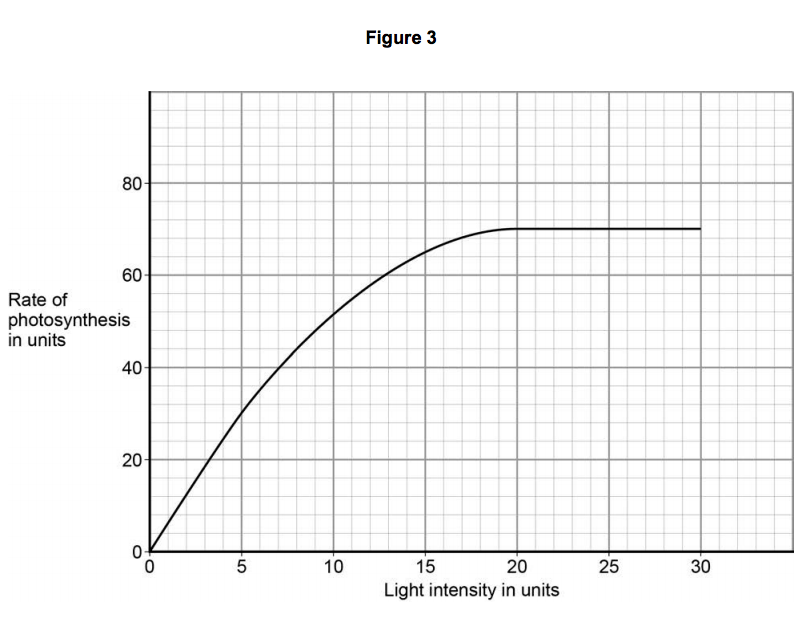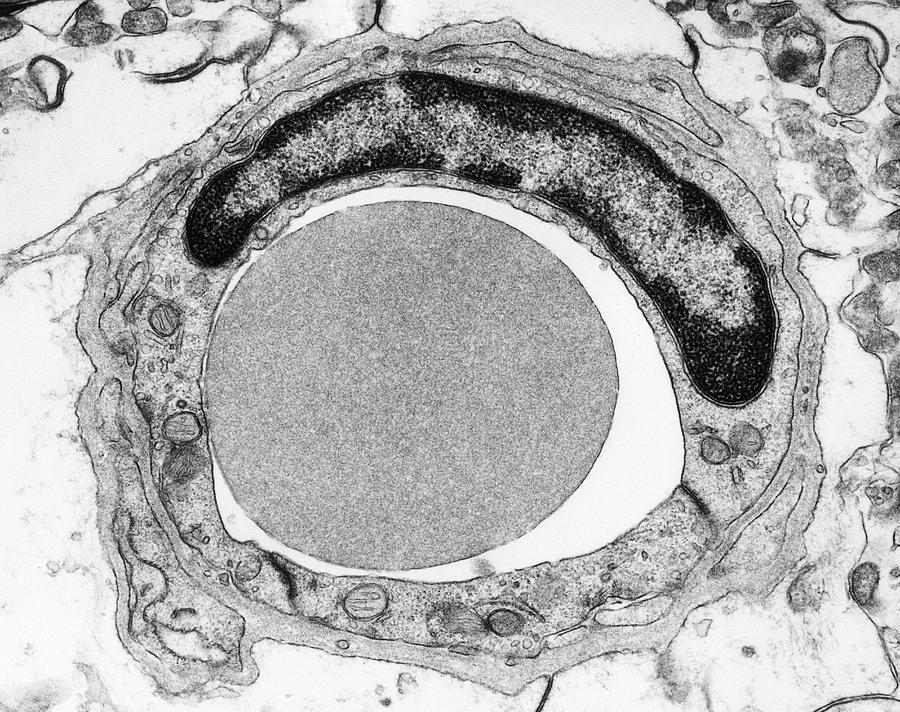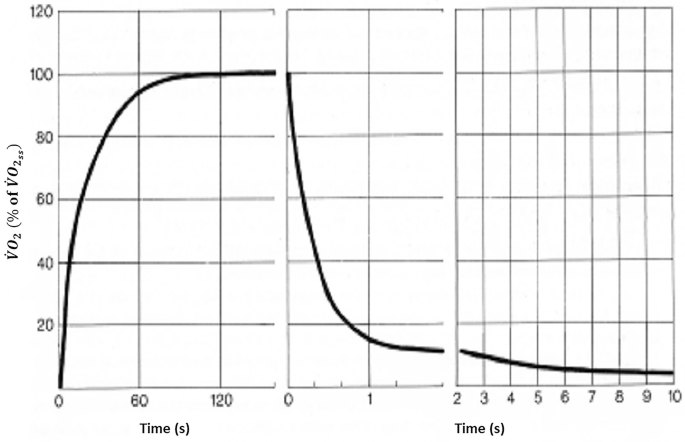What are the raw material required for photosynthesis
Carbon Dioxide
Water
(Sunlight)
What is the function of trypsin in digestion?
It catalases the breakdown of protein in the small intestines.
What is an antibody?
It's a protein that is made by white blood cells to attach to antigens of pathogens.
Explain, in your own words, how gas exchange and respiration are related to eachother.
Respiration needs oxygen to create oxygen. The body gets oxygen by gas exchange in the lungs. This is how both are related to eachother.
What part of our body controls our movement and senses?
Our brain or central nervous system (CNS)
State the:
1. word equation
2. Balanced equation
For photosynthesis
carbon dioxide + water --> Glucose + Oxygen
6CO2 + 6H20 --> C6H12O6 + 6O2

Which part is the septum and why is it important?
Part C is the septum
It is important to prevent oxygenated and deoxygenated blood from mixing.
What is the difference between active & passive immunity?
Active immunity produces long-lasting immunity from a disease, usually by vaccination or being sick, producing their own antibodies.
Passive immunity is only short time immunity, usually by drugs or the milk of a mother.
State the balanced equation of aerobic respiration
Aerobic respiration uses oxygen to create energy while anaerobic doesn't use oxygen
aerobic respiration:

The eye has sensory receptors
State what stimuli it responds to and what is the name of the receptor that responds to colors.
The eye responds to light and cone cells respond to colors.
Explain how water moves from the soil and across the root cortex.
The root hair has a low water potential and in the soil it is high.
Water moves from low to high water potential so it moves into the root hair cell.
Inside the plant, water moves from the root hair to cortex by osmosis.
What is Cholera, how it is transmitted, and what a symptom of someone with this disease?
Cholera is a bacteria disease which is found in dirty water or food that is transmitted by the faeces of someone with it.
A symptom of someone with this is:
- Diahrehha
- Dehydration
- Sometimes bloody faeces.
How does a newborn baby get antibodies when they are sick with a illness?
A new baby will be breastfed. Inside the mother's milk, there will be antibodies that help the baby fight against a disease it's body isn't accustomed to.
Describe how the body inhales using muscles in the diaphragm, lungs, and the volume and pressure of thorax.
When we are breathing, our muscles in our diaphragm contracts, our external intercostal muscle contracts and our internal intercostal muscle relax. This increases the volume and decreases the pressure of the thorax, causing air to come in our lungs
When a person walks in a dark room, what happens in to the eye. Answer to the muscles that do this.
When someone walks into a dark room, their pupils will enlarge. The muscles in the iris helps with this. The radial muscles will contract will the circular muscles will relax.

Explain the term 'limiting factor'
What values is the limiting factor is light intensity a limiting factor? Explain how you can tell.

Limiting factor is a factor that is in short supply, and which stops an activity happening at a faster rate.
The limiting light intensity factor is between 18-20 units. We know this because the rate of photosynthesis does not increase after these values.
The image is a red blood cell inside a capillary

a) Explain the importance that the walls of the capillary are one cell thick.
b) Describe 3 ways in which the structure of the red blood cells differs from the cells in the wall of the capillary.
a) It allows fast rate of diffusion
b) It has hemoglobin to bind to oxygen molecules.
It has no nucleus for a larger area to contain hemoglobin
It is concave in shape to increase its surface area to increase the absorption rate of oxygen
Explain how vaccination causes the result from 1958 and 1970.

With an increase of vaccination towards more people, there will be a herd immunity which the pathogen will have no place to survive in this place, so numbers of polio decreased dramatically, by 300 cases in 1958 and 0 cases by 1970.
Answer part a (i) and (ii) 
(i) A = Trachea, B = Bronchus, C = Bronchioles
(ii) Cartilage keeps the airways open and doesn't collapse.
In your own words, explain how nerve impulses are sent from one neurone to the next. (use terms we learned in this chapter.)

An electrical signal will send down the neurone. This will move a vesicle which contains neurotransmitters. As the vesicle moves towards the neurone's axon, it will dissolve and the neurotransmitters diffuse into the synapse gap.
From there, the transmitters move across the gap and bind to the receptor proteins of the next neurone, and an impulse moves across the next neurone in one direction.
Stomatas open and close to allow carbon dioxide to diffuse into the leave. However, if the plant is short of water, the stomata may close to prevent loss of water vapour.
a) Explain why it is important to a plant to allow carbon dioxide to diffuse into its leaves.
b) Water vapour diffuses out of a plant's leaves. Explain where this water vapour comes from.
a) Carbon dioxide is an important raw material for photosynthesis. Without carbon dioxide, it will not produce glucose.
b) Water vapour comes from the respiration inside leaves. It is a product when glucose is broken down to produce energy.

Similarities:
They both have a heart, and blood vesells.
They also have valves in the heart and veins.
Differences:
Fish have gills and humans have lungs to get oxygen.
Amphibians blood goes into the heart twice and fish only one.
Amphibians heart is split in half to separate oxygenated and deoxygenated blood.
Following is a microscope image of a group of influenza viruses.
New strands of the virus frequently occur. The strands have different proteins in their coats.
Explain why a person who has recovered from influenza in a year may not be immune to influenza in the future
A person who has recovered by influenza virus will only have antibodies for that type of strand.
If the virus is frequently mutating, the antibody that the body has will not be affective to attach and destroy this new strand。 This is because the protein coat is different so the antibody the person has will not fit on the antigen, so the body needs to create a new antibody to attach to the virus.
Explain why the oxygen consumption does not return immediately to the resting level after the exercise is finished
At the beginning of the race, there was not enough oxygen to respire, so the muscles respired anaerobically and produced lactic acid. At the end of the race, there was an oxygen dept, so the body takes in more oxygen in order to break down the lactic acid and returns back to normal after all after everything has been oxidized in the blood.
Those in German translate this:
Ich bin der Sohn oder die Tochter meiner Mutter, aber wer bin ich?
Those in French translate this:
Je suis le fils ou la fille de ma mère, mais qui suis-je ?
Those in Spanish translate this:
Soy hijo o hija de mi madre, pero ¿quién soy yo?
I am my mom's son or daughter, but who am I?